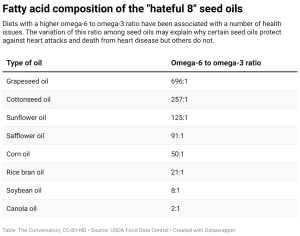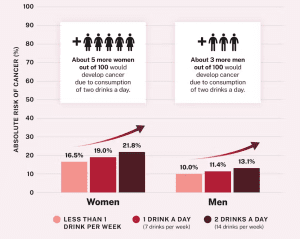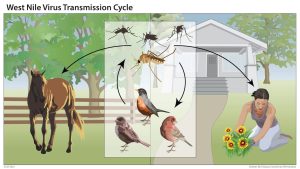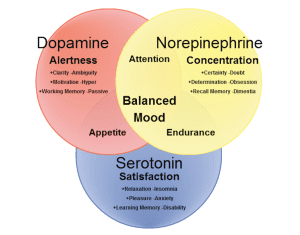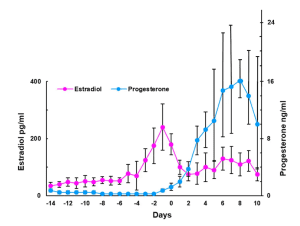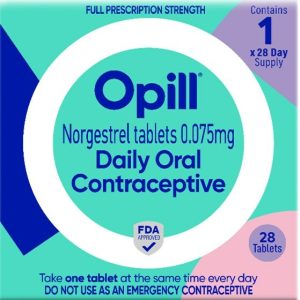Women’s Healthcare Editor-in-Chief, Beth Kelsey, takes a couple of minutes to talk about the role of women’s health nurse practitioners and primary care. In this video, she explains how women’s health nurse practitioners can provide care for common non-gynecologic health problems as part of clinical practice. Find resources here.
Primary Care
From the Journal
Testing menopausal hormone levels: Is It necessary?
Improving identification, reporting, and treatment of trafficked persons
When urinary tract infections keep coming back
Clinical presentation, diagnosis, and management of Mycoplasma genitalium
The WHNP’s guide to evaluating male infertility
Reliable evidence-based screening protocol for endometriosis
Low back pain in women: Why does it hurt?
Endometriosis care: Women’s health nurse practitioners share perspectives
HPV vaccination: Reaching the catch-up population and beyond
Development of cardiovascular disease after adverse pregnancy outcome
Destigmatizing abortion in primary care settings
Breast cancer, aromatase inhibitors, and bone health
Depressive symptoms in perimenopause
Polycystic ovary syndrome (PCOS): Diagnosis and management
Thyroid autoantibodies and adverse pregnancy outcomes
Relative energy deficiency in sport: Health implications in female athletes
Ketogenic nutrition therapy: Considerations for the women’s health clinician
Current data are limited on ketogenic nutrition in pregnancy, and it is therefore not recommended.
Position Statement Human Sex Trafficking
Current Primary Care Recommendations for Three Common Autoimmune Disorders
Implementing a Cancer Risk Assessment Screening Tool: Identifying Patients at Risk for Hereditary Breast and Ovarian Cancer Syndrome
The development and implementation of an HBOC risk assessment protocol can decrease morbidity and mortality.
Emergency Contraception Update
Despite increases in availability Emergency Contraception (EC) remains an underutilized method of pregnancy prevention.
Colorectal Cancer Screenings Starting Younger Than Before
Recommendations for CRC screening differ slightly among authoritative agencies and can be confusing to decipher.
What is hidradenitis suppurativa?
Evidence shows that the mean delay in diagnosis for HS was more than 10 years and more than 60% of patients had visited a healthcare provider more than five times before receiving a formal diagnosis.
Assessment and Management of Vitamin D Deficiency
Treatment for vitamin D deficiency is safe and inexpensive, but the condition often goes undiagnosed or untreated.
Case Study: Severe Headache in a Young Woman
She estimates that she was examined by 10 healthcare providers prior to receiving the correct diagnosis.
Irritable Bowel Syndrome
IBS is a very important healthcare concern given its high prevalence, the effects it has on health-related quality of life.
Covid-19 Update Post-Covid Conditions: Implications for Primary Care Providers
Many post-Covid symptoms can be managed in the primary care setting and often improve without medical intervention during the first few months after initial infection.
Position Statement: Climate Change, Women’s Health, and Environmental Justice
Climate change represents an urgent health challenge that requires engagement, advocacy, and leadership from the nursing profession.
Trauma-informed care Part 1: The road to its operationalization
Trauma-informed clinical strategies can prevent re-traumatization of individuals who have experienced trauma.
Osteoporosis and fracture prevention
Even when patients are diagnosed with increased fracture risk, many choose not to take medication because of concerns about rare risks that are often sensationalized in the media.
Intimate Partner Violence
Despite the recommendations of USPSTF, WPSI, and other professional organizations, routine screening and intervention for IPV is not a widespread practice in healthcare settings.
Type 2 diabetes in women of reproductive age
Reproductive-age women with prediabetes or type 2 diabetes can benefit from education that allows them to develop a reproductive life plan that will optimize future pregnancy outcomes.
Effect of tickborne illnesses on women
Includes a video with a step-by-step simulation of a tick removal.
Understanding Covid-19 vaccines
This Covid-19 update provides information to help healthcare providers allay some of the fears surrounding vaccination and answer the questions patients are asking.
Assessment and management: Primary hypothyroidism in women
Hypothyroidism is a common endocrine disorder affecting nearly 2 in 100 women. Primary hypothyroidism can be diagnosed and effectively managed by primary care providers.
Updates in Adult Female Acne
Acne vulgaris is one of the most commonly treated dermatologic diseases in adult females, but treatment selection and patient education should be tailored specifically to this population.
Hyperprolactinemia: The ABCs of diagnosis and management
Describe common causes for and clinical manifestations of hyperprolactinemia.
Strategies to decrease fat stigma in women’s health
“Fat stigma in Women’s Health” will be a breakout session at the 24th Annual NPWH Premier Women’s Health Conference Oct. 13 to 16. See article for registration details.



















































